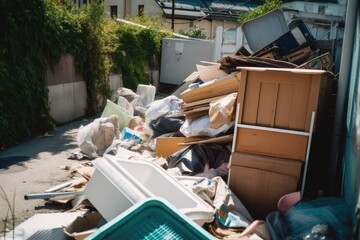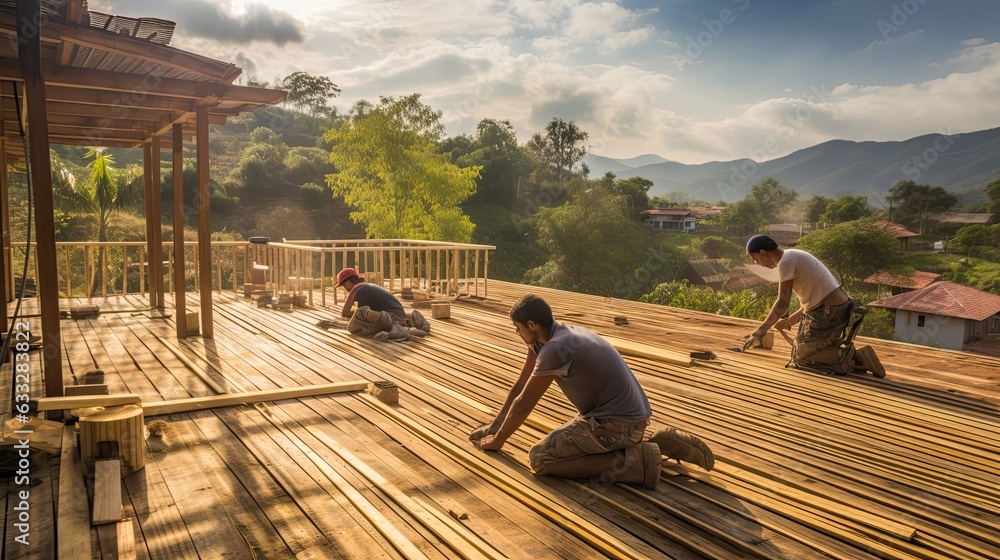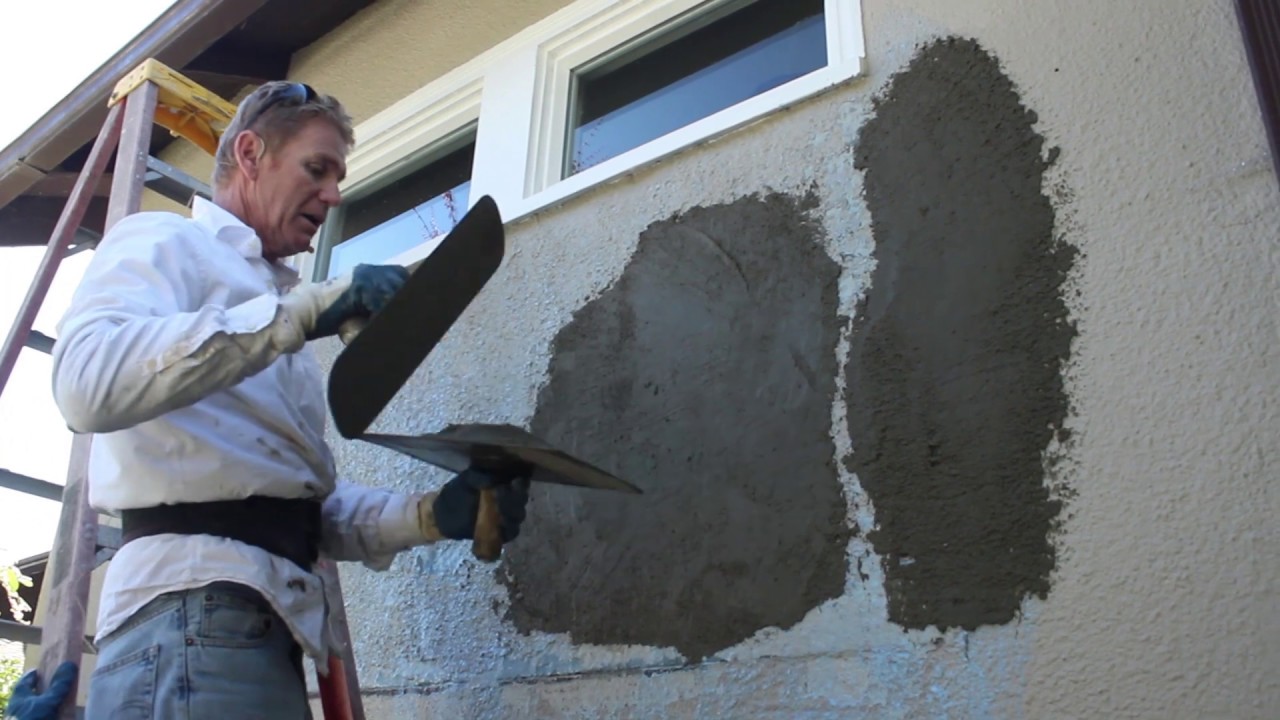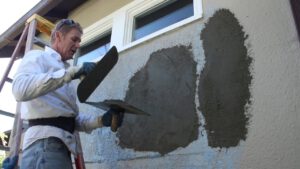Whether cleaning out your basement or downsizing for a move, sometimes you have items that don’t fit in your trash can. The County offers residential curbside large item pick-up for your convenience.

You may place up to six bulk items during your scheduled trash collection days. If you have additional items, please call to schedule a pickup appointment. Contact Louisville Large Item Pickup for professional help.
Residential bulk collection is for oversized items that cannot fit into your trash, recycling or yard waste carts. Residents are allowed two curbside bulk collections per calendar year, free of charge, on their scheduled garbage collection days.
The bulk program focuses on large furniture, mattresses, household appliances, wood and exercise equipment. Residents can also bring a maximum of two rimless tires to their bulk collections.
It is illegal to place bulky waste out more than seven days before your scheduled collection date. Doing so could result in enforcement action and fines. Also, if you place out too much bulky waste during your designated week of collection, it may not all get picked up.
The best way to dispose of large items is to leave them at the curb, next to your regular trash cart. You should only set out a few large items at one time and space them out over several collection days. This is the most convenient and safest way to dispose of oversized items.
You can put out up to six bags or bundles of bulky waste for pickup on your garbage only day. You can also put out up to four bulky items on your trash and recycling collection day if you have both types of containers set out. However, you must separate the recycling and trash and make sure your oversized waste is placed in the correct container.
If you do not have both containers, your waste will be collected on your garbage only day and you may need to separate the recycling. This is the only exception to the above rules.
When you place your bulky items at the curb, be sure they are not extending into the street or obstructing pedestrians or vehicular traffic in any way. Similarly, your items should not be blocking driveways or entrances to your home or business.
Residential Electronics Collection
The rapid growth of technology has produced a significant amount of unwanted electronics equipment. These items, commonly known as e-waste, contain toxic compounds such as lead, mercury, and cadmium that can leach into soil or water supplies or contaminate the air if sent to landfills or incinerated.
Residents of 1-4 unit homes may dispose of up to 3 bulky and electronic items at no charge each year. Please note that electronic items must be recycled separately from garbage and recycling carts. Before throwing away an electronics device, consider whether it could be repaired for continued use. See the listing of locations to repair electronics for more information.
Many electronic devices contain metals and plastics that require a lot of energy to mine and manufacture. Reusing and recycling these products reduces the need to extract new raw materials, which reduces pollution caused during the extraction and manufacturing processes. In addition, many of the hazardous components found in electronics, such as mercury in CRT televisions and computer monitors, are removed during the recycling process and sent for proper disposal in a permitted hazardous waste facility.
Residential Appliance Collection
If you are a residential electric customer of DTE Energy and have an eligible appliance that you would like to recycle, please call 373-CITY to schedule your collection. Please place your tagged appliance at the curb the day of your scheduled appointment (reminder: this is not your normal recycling pickup day).
This service is provided as part of a national program called Responsible Appliance Disposal, or RAD. This program works with retailers, manufacturers and utility companies to promote environmentally sound practices for disposing of old appliances. These practices go beyond federal requirements for protecting the ozone layer and climate, while saving valuable materials from being sent to landfills.
Appliances recycled through this program are broken down into their components, and 95 percent of those parts are reused in new appliances. This helps reduce the need for new power plants, which lowers emissions and energy costs for DTE customers. For more information on this program and how to participate, visit www.radonline.com. When scheduling a large appliance collection, please keep in mind that the person who schedules the collection is responsible for ensuring that all necessary paperwork and financial arrangements are made with the program participant or third-party payee. If a landlord is arranging for the collection of appliances in rental units, an appliance rebate will be issued to the PPL account holder on the premises.
Residential Furniture Collection
Residential furniture is a type of decorative furniture that is used in homes. Its main function is to add style and elegance to a home. It is made from materials that are durable and lightweight. It is often used in bedrooms and living rooms. It can also be found in other areas of the house. Some residents choose to use it in their backyards as well. The best part about this type of furniture is that it is designed to withstand harsh weather conditions, including heavy rainfall and high humidity levels.
If you’re moving into a new home or simply want to update your furnishings, it can be easy to get rid of old items that don’t fit in your new space. However, getting rid of large pieces of furniture can be a challenge, especially when you live in a city that has strict rules about what kinds of items can go out on the curb.
Another option is to donate the furniture to a local secondhand store or charity organization. Some stores will even repair the furniture and resell it. If you can’t find a place to donate, consider selling the furniture at a garage sale or listing it online. Just be sure to sanitize your furniture before you donate or sell it.
If you’re unable to donate or sell your furniture, you can drop it off at one of the city’s Sanitation Convenience Centers. The centers are free to use, as long as you’re a resident. Many are open from Monday to Saturday, and most accept anything that isn’t a hazardous material. If you’re unsure whether an item is eligible for drop-off, call the facility to ask about their policies and restrictions.




